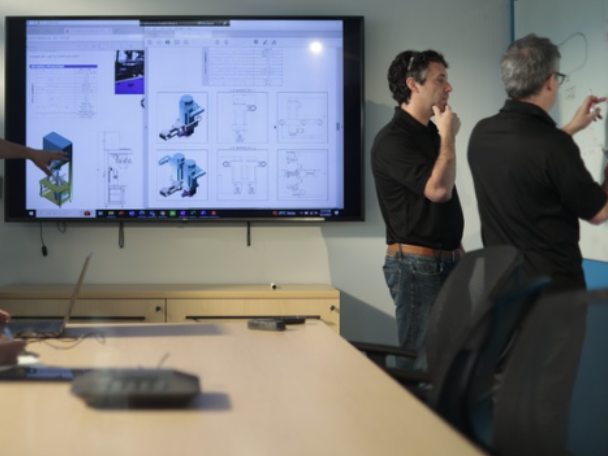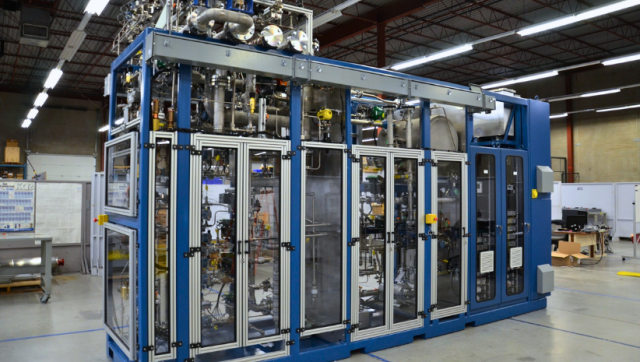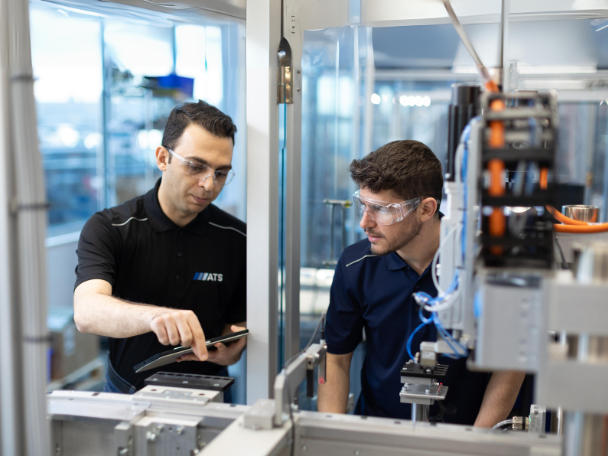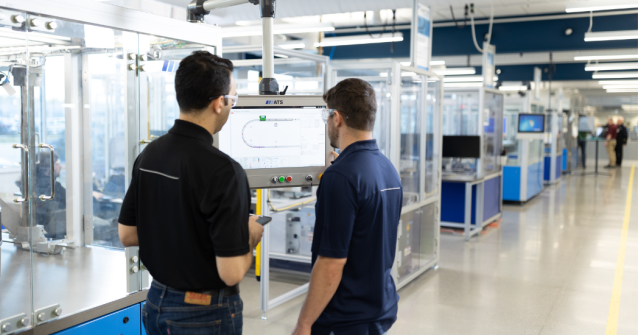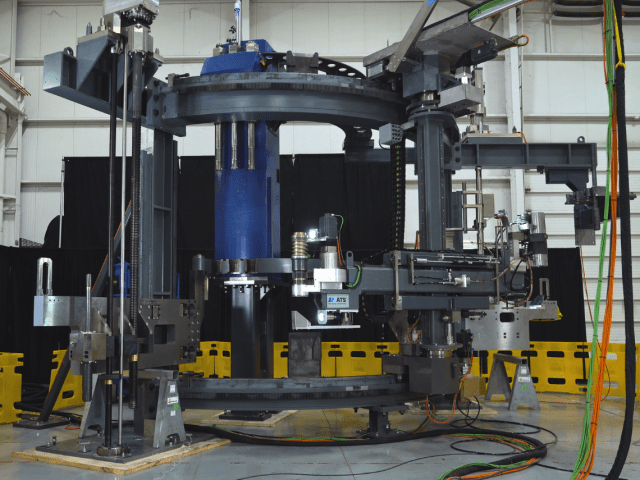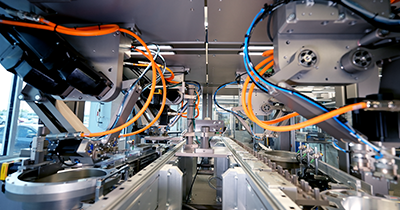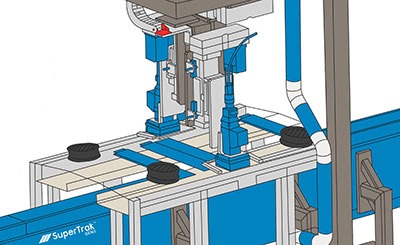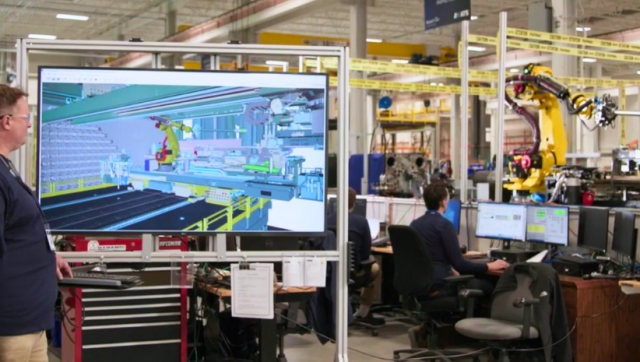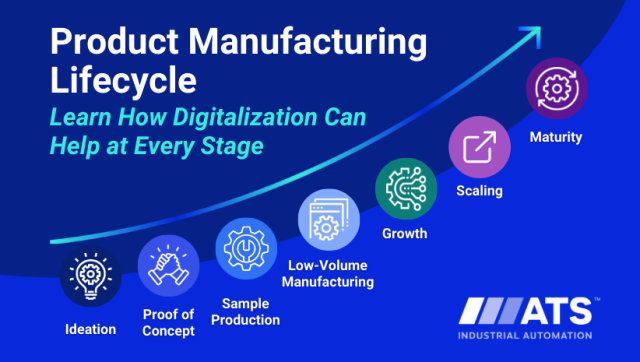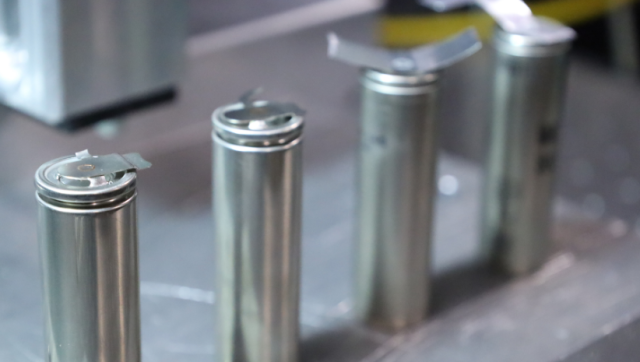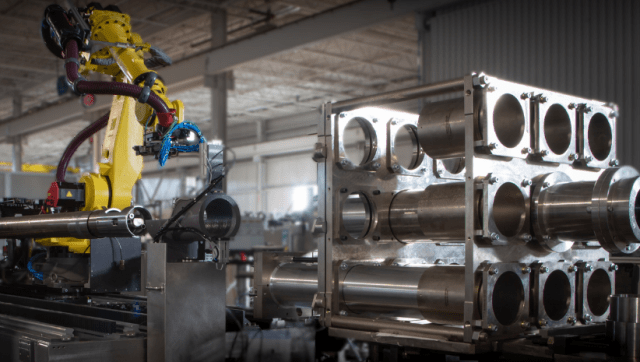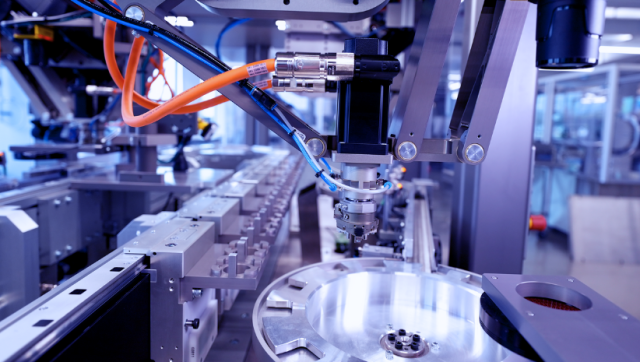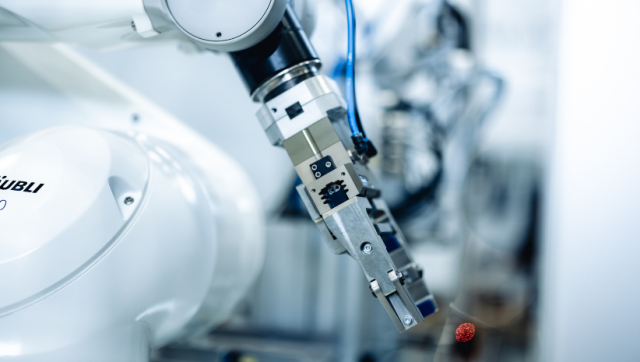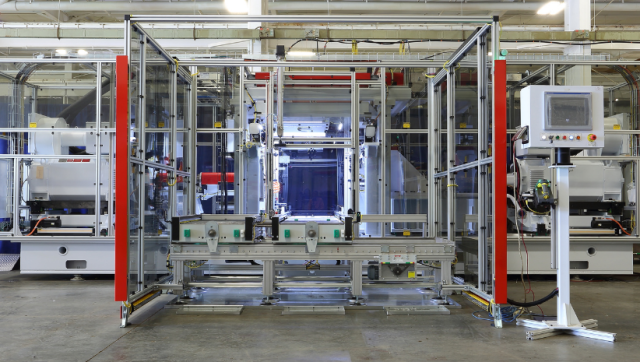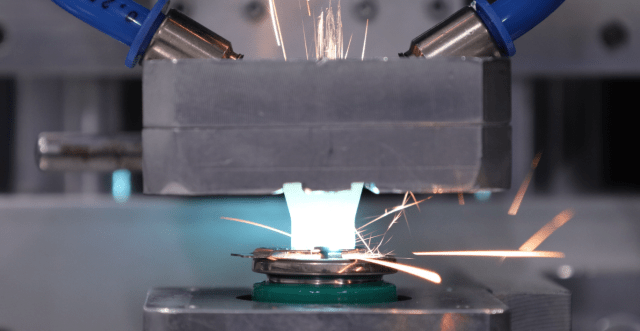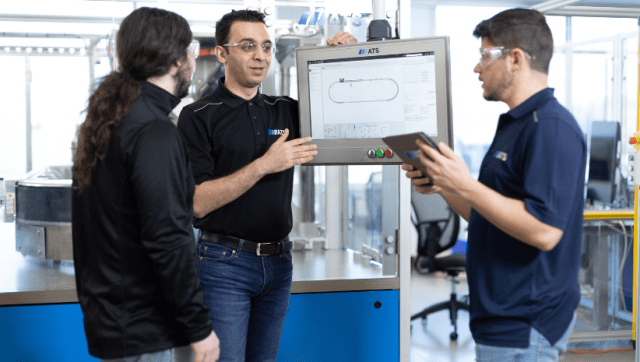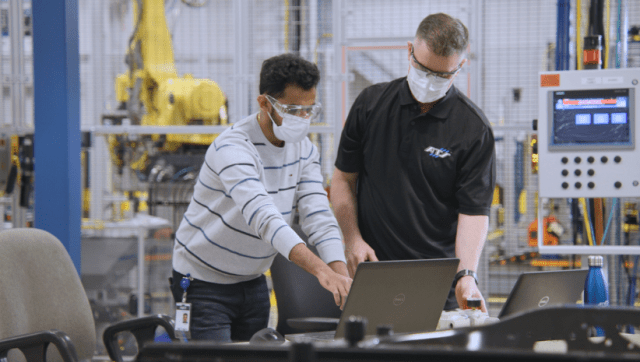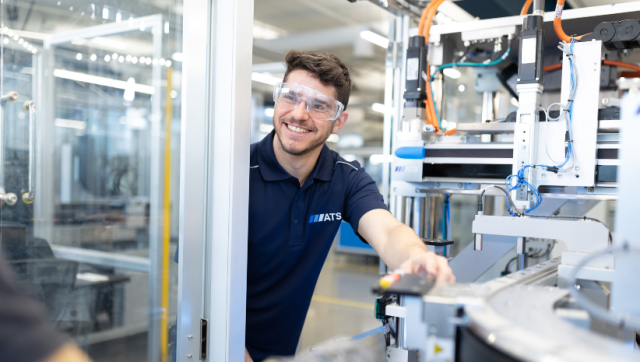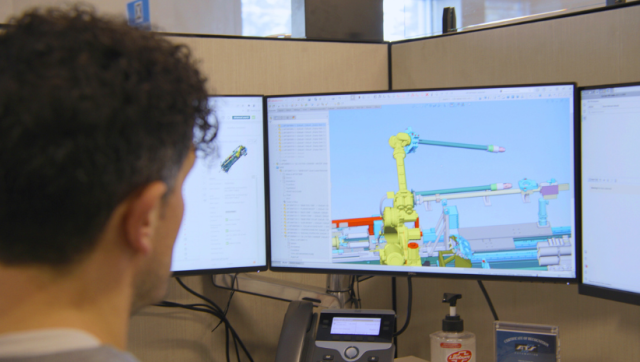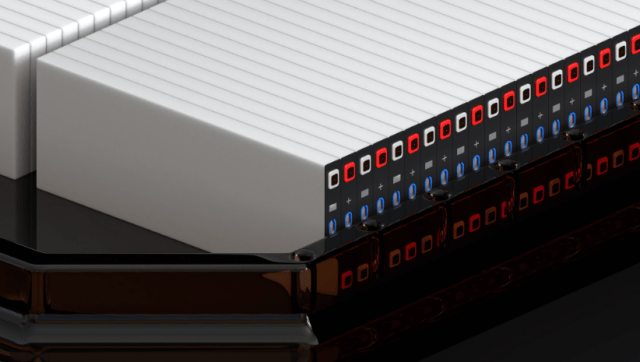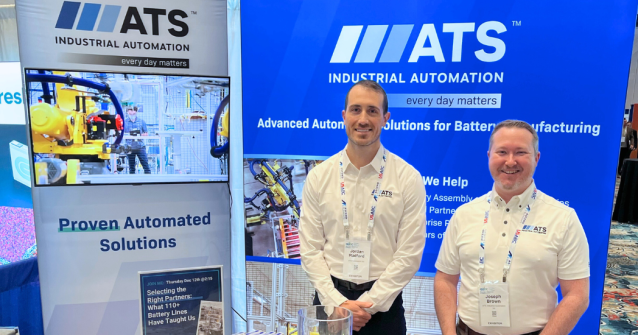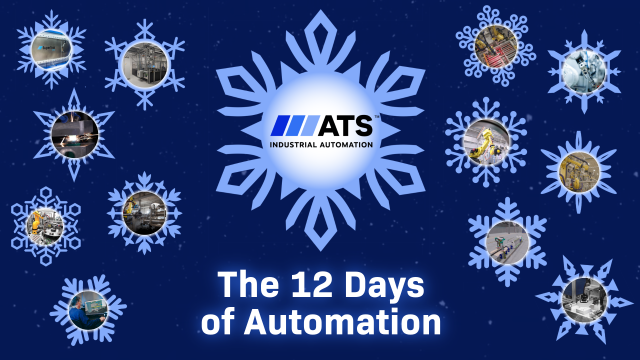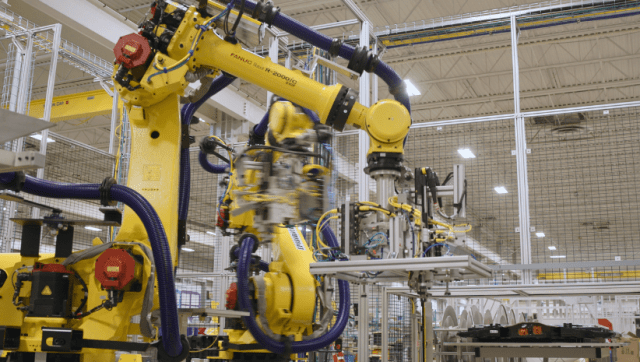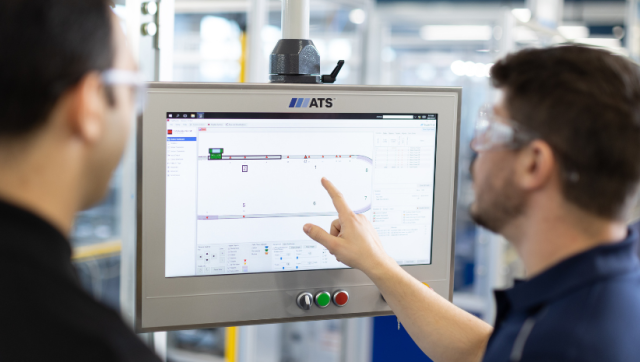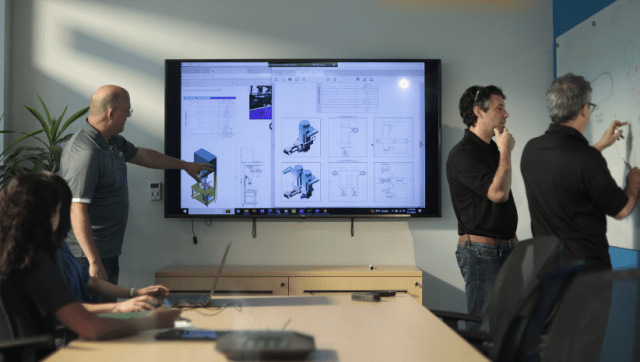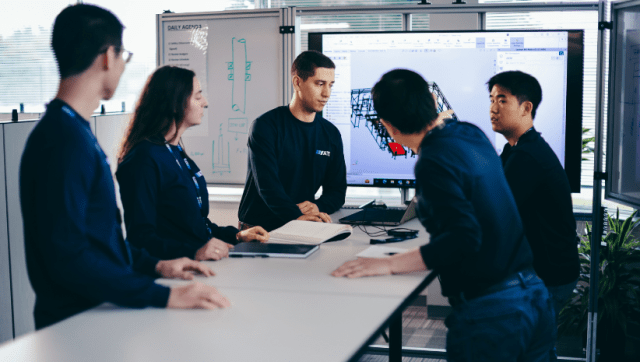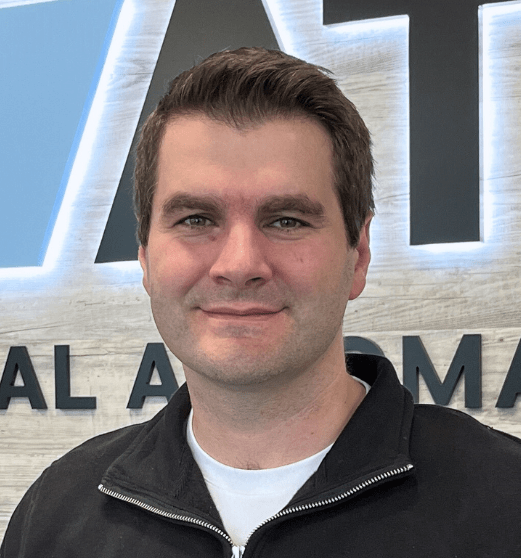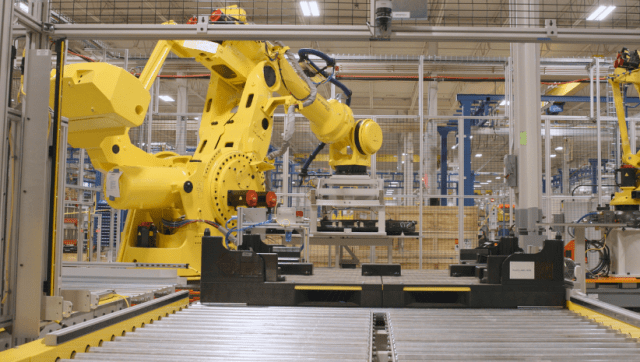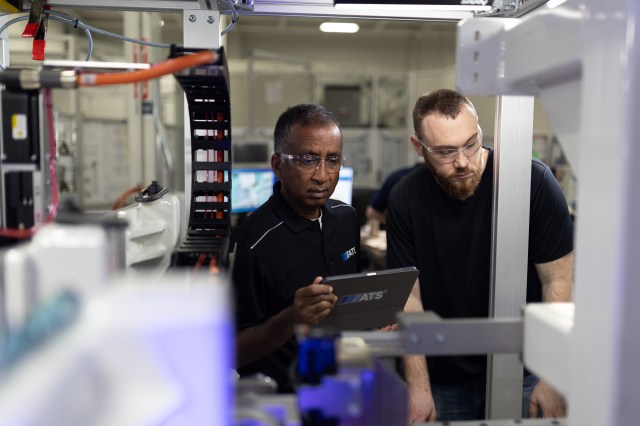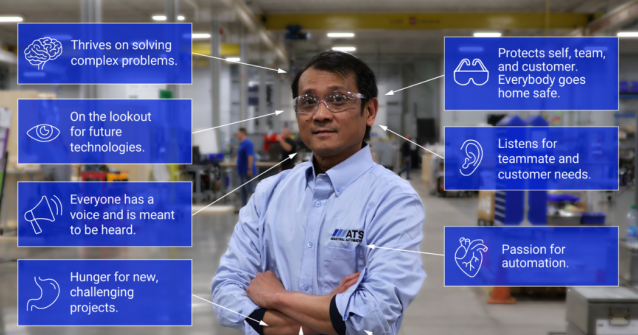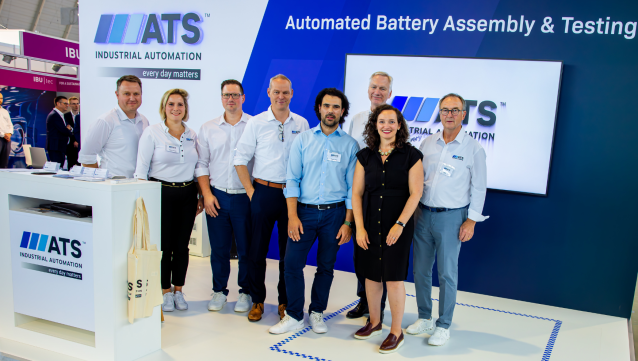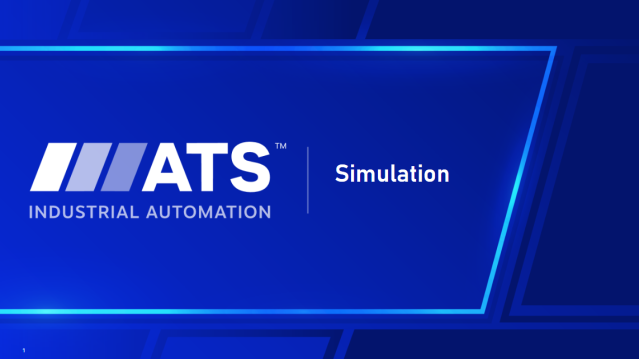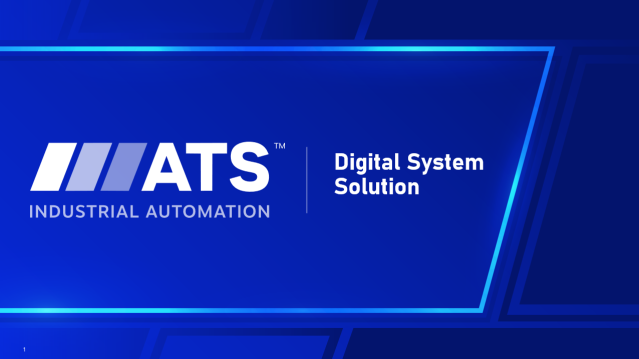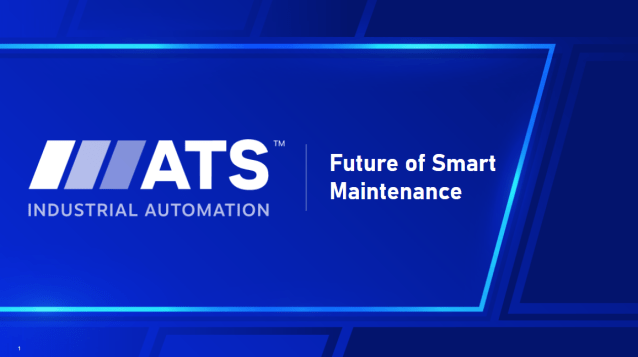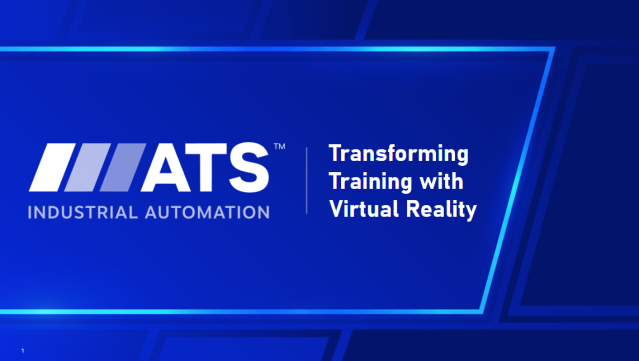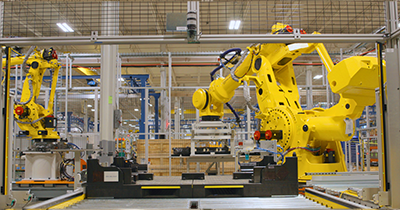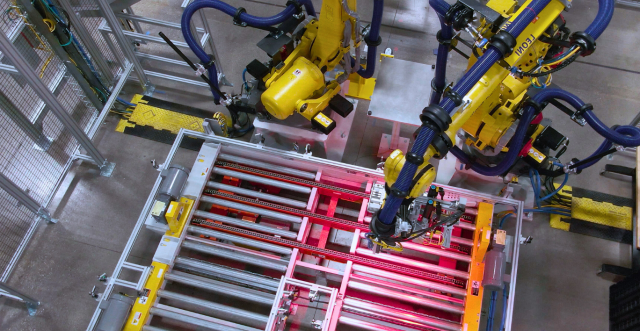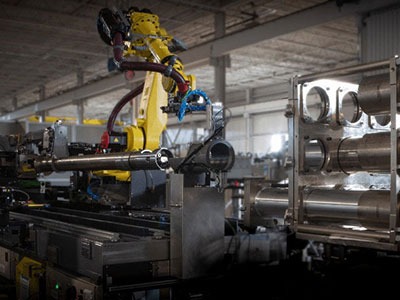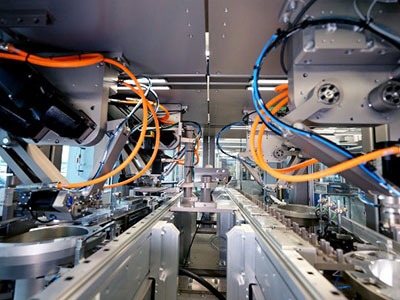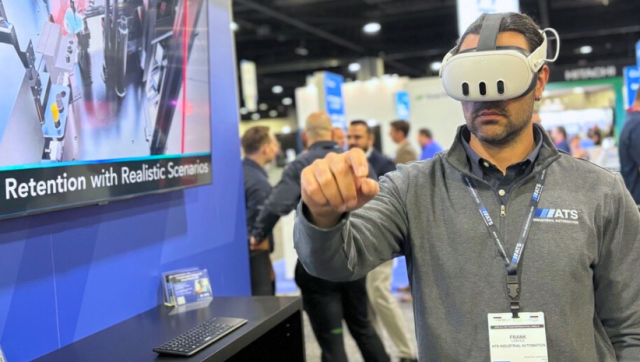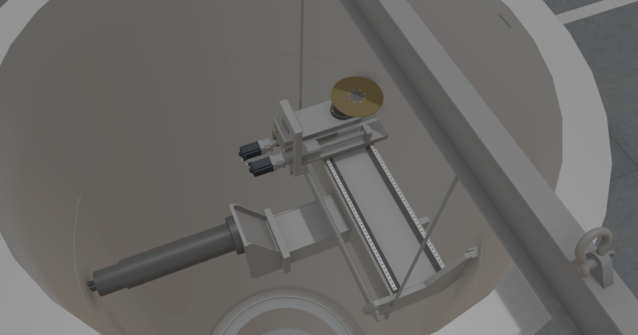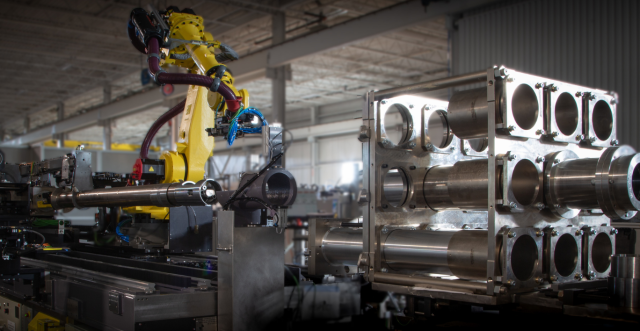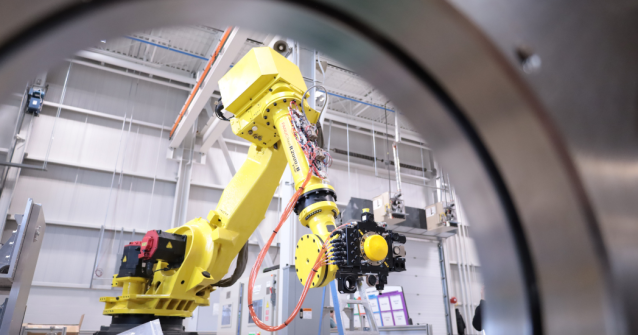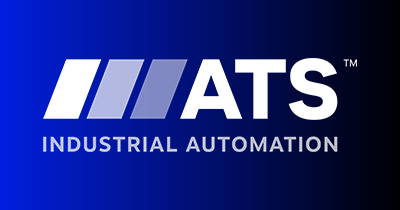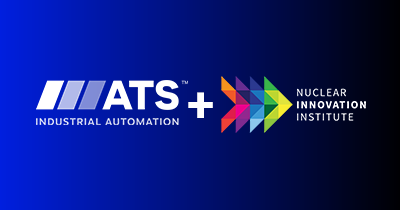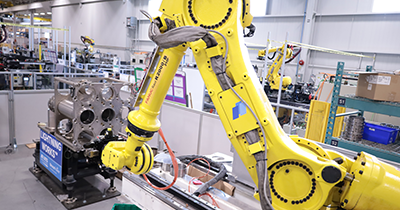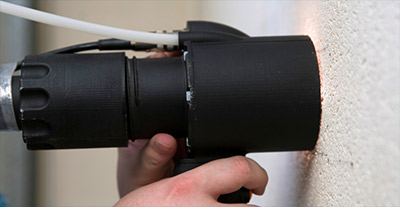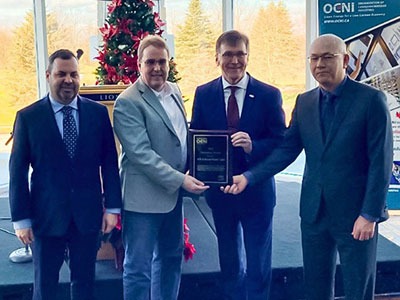Automotive Parts Manufacturing Case Study Highlights
Company
Automotive Parts Manufacturer
Industry
Automotive
Region
Europe
Customer
A prominent Tier 1 supplier in the automotive industry, specializing in the production of various vehicle components.
Challenge
Addressing Manufacturing and Quality Control Issues in Automotive Vacuum Pump Production
A major European auto parts manufacturer faced a significant challenge. Leaders needed to optimize the production process of their automotive vacuum pumps, but space constraints meant the customer had to keep parts moving quickly to minimize downtime and operating costs. The existing system also lacked the digital integration necessary to enhance productivity and maintain quality while adding three new product types, potentially leading to inefficiencies and quality assurance issues. Without a large buffer space, the manufacturer needed to implement the new system in just three weeks—instead of the typical six-to-eight-week ramp-up—to avoid costly disruptions to production.
The automation experts at ATS combined extensive knowledge in the automotive sector with their experience in digitalization and process optimization. Past successful implementations of similar digital solutions for automotive manufacturers laid a solid foundation for quickly addressing the customer’s specific needs. This expertise enabled ATS to begin designing and building a tailored solution that seamlessly integrated with existing processes.
Solution
Using Digital Tools to Streamline Assembly and Enhance Product Quality
To help the manufacturer address these critical challenges, ATS developed a comprehensive solution, integrating advanced automation technologies with digital tools to streamline the production of automotive vacuum pumps. Real-time data monitoring, predictive maintenance capabilities, and enhanced quality control measures ensured the line operated efficiently while supporting product quality standards.
While developing this solution, ATS encountered several challenges. One was ensuring smooth integration with existing systems without causing significant downtime. With limited time to build the new solution, ATS used system twins—advanced virtual representations of entire manufacturing systems—to simulate the existing line. This demonstrated digitally how new product types would impact assembly, before they were physically added to the line.
Additionally, the team had to address the complexities of configuring the digital tools to meet the manufacturer’s specific requirements. Expertise in digitalization and process optimization was crucial to overcome these challenges. The use of advanced automation products and a deep understanding of the industry’s needs played vital roles in successfully implementing the solution, resolving initial inefficiencies and providing a scalable framework for future improvements.
Results
Concurrent Monitoring and Predictive Maintenance for Enhanced Efficiency
Digitalization empowered the manufacturer to meet tight timelines and mitigate risk throughout production. By utilizing system twins to see how new parts would impact assembly before implementation, ATS helped the customer reduce downtime by 60%.
The ATS digital solution significantly expedited site acceptance testing (SAT) for the manufacturer and ensured the production process was more reliable. Real-time data monitoring, for example, allowed for immediate detection and correction of any issues during SAT, reducing the time and labor required for testing.
Predictive maintenance capabilities also enabled the customer to minimize unexpected equipment downtime, so floor personnel could make sure machinery was always in optimal condition for SAT.
Additionally, new quality control procedures ensured that product components—both current and new—consistently met industry requirements and the automotive parts manufacturer’s standards. This improved the overall quality of the products and reduced the scrap rate of the automotive part assembly line.
“ATS Industrial Automation was able to take a highly complex assembly line and utilized virtual commissioning to consolidate and optimize it and deliver one of our best ramp-ups after shutdown.”
Project Manager, Planning Department
Automotive Parts Manufacturer
Every automation project is unique. Allow us to listen to your challenges and let us show you how virtual reality training can help.



